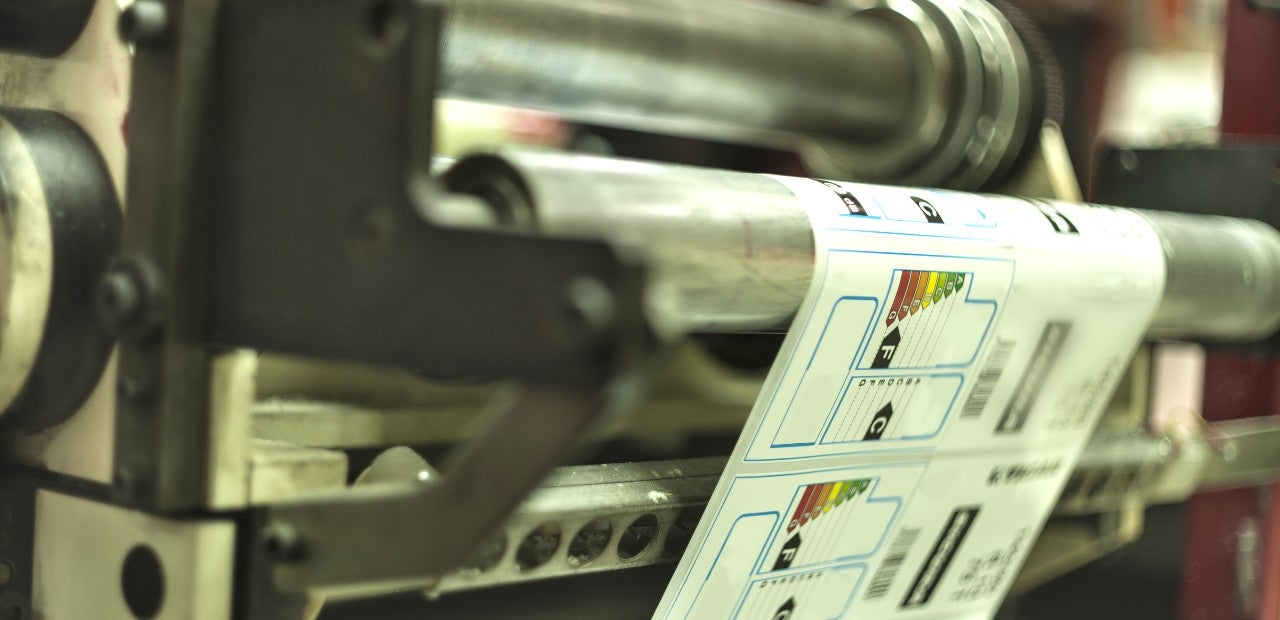
Far too often, medical device and pharmaceutical manufacturers have found that ineffectively managed label data has slowed down speed to market. Worse still, errors in the final product can result in costly recalls. In this industry, errors on labelling can have deadly consequences if misinformation leads to products being used incorrectly.
But what does effective label management mean, and how can we ensure that artwork data is being controlled? Kallik proposes the solution with its end-to-end label and artwork management software, Veraciti, which combines a holistic approach with automation to get accurate labelling and packaging products ready for market quickly.
According to Beth Peckover, VP of operations at Kallik: “We manage the whole label and artwork set around a specific product, so if you’re going to get a new product on the market, you need to know that all of those components are available and approved in the system. If you don’t have a system that manages a complete view of all of those elements together, you’re not going to be able to achieve the speed to market that you’re after.”
Once data is migrated to a label management system such as Veraciti, a holistic approach ensures that there is a “single source of truth” for an approved label, so businesses can trust that their printed labels are accurate and consistent.
Senior data migration specialist, Alex Jenkins adds: “Making sure that data is correct at the very start is the most important thing. You don’t want to get to the point where data has been added incorrectly, and labels are being produced and you find an error. You need to be sure that it’s right from the very beginning of the process.”
Having to reprint labels not only wastes money, but is a poor use of resources when personnel have to be pulled from other projects to rework it. If errors are not discovered until the product is already launched, these costs rise further when they inevitably have to be recalled.
The power of automation
A lot of factors may contribute to errors being printed: Changes being made without approval, old versions of a label making it to print, miscommunication between global teams about differing regulations, and numerous other potential mismanagement issues. So what does Veraciti do to prevent this?
“Veraciti gives all stakeholders visibility of the data that they and everybody else has contributed. Having that collaborative approach to give this level of visibility is really important,” Peckover explains. “The golden rule is that every asset and phrase in a data set is stored once and once only, and you make sure that it is a fully approved version so you have complete control of what gets printed.”
A key part of maintaining this control is utilising automation. Jenkins adds: “If you send a label through an approval, it’s going to need to be signed off by key stakeholders and regulatory marketing teams, so you want to make sure it hits all those people before it actually gets to the shelves.”
“The idea of automation is you have one master design label which has all the information populated, and then all further labels feed off that template.”
Complete control
A labelling management solution needs to be integrated and connected to other enterprise systems, such as product lifecycle management (PLM) or enterprise resource planning (ERP) systems. Veraciti can be easily integrated with both, collecting existing data to a single source that can automatically generate labels with approved information. While other labelling management systems can do something similar, what is it about Veraciti that sets it apart from the competition?
According to Peckover: “Veraciti has a set of templates that are used by multiple labels. So if you have ten different labels, they all have a common template which is used to create them. Once we create those ten labels in the system and we approve each of them, they get stored in our asset manager. This means that at any point in time we can log into the system and view the label that’s been approved, or a regulator can review it.
“Our competitors have templates but they don’t have them stored as approved labels, so it isn’t actually an asset that exists in the system, it’s just an approved template that they use to create some sample labels to test out and make sure it works.”
The control that Veraciti gives customers over data has enabled numerous companies to get their products to market faster and quickly adapt to changing medical device regulations, all while having an automated system in place to ensure approved assets are ready for the next time they need to produce labels. To find out more about how Kallik has helped customers with their label management, or to discover what Veraciti can do for your company, download the whitepaper below.


